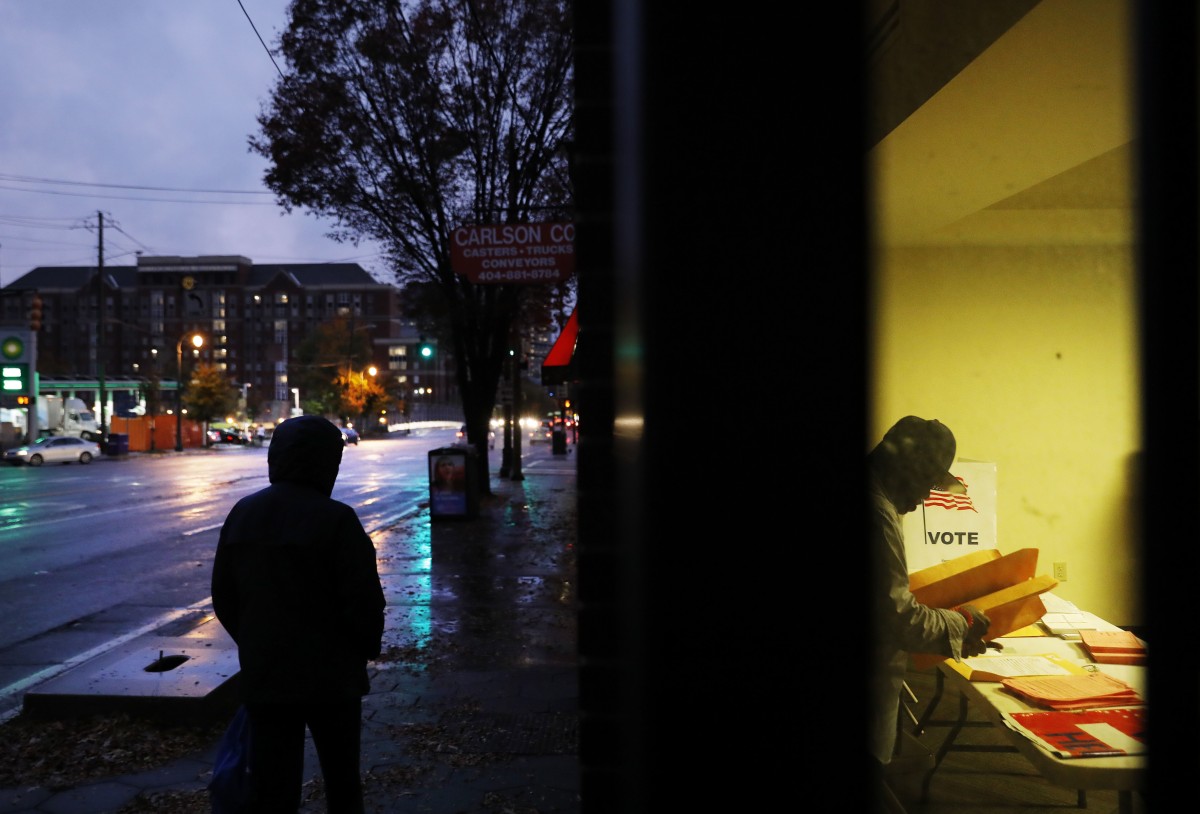In 2015, Princeton economists Angus Deaton and Anne Case reported research results that took most everyone by surprise: Death rates for middle-aged white Americans were rising.
The causes, they found, were suicide, alcohol-related liver disease and drug overdose – what they termed “deaths of despair.”
“Only HIV/AIDS in contemporary times has done anything like this,” Deaton said at the time.
The results of subsequent research indicate the extent to which Appalachia has suffered such deaths. In November, the Appalachian Regional Commission released a report titled “Appalachian Diseases of Despair,” from research conducted by the Walsh Center for Rural Health Analysis at the University of Chicago and the Center for Rural Health Research at East Tennessee State University.
The researchers found that between 2012 and 2017, the overall mortality rate throughout the whole of Appalachia climbed by almost 10 percent, while in the rest of the country it increased by just under 6 percent.
This rise, the authors note, coincided with the surge in opioid overdose deaths, and it further widened the gap between the mortality rate within Appalachia and elsewhere, following a decade-plus period in which overall mortality had declined outside Appalachia but increased within the region.
In 2017 and 2018, the U.S. experienced a decline in drug-overdose deaths, and the overall mortality rates declined in both Appalachia and beyond. But Michael Meit, the Center for Rural Health Research’s director of research and programs, warns that the COVID-19 pandemic places those encouraging trends in peril.
In a December article for the Journal of Appalachian Health titled “Rural Appalachia Battling the Intersection of Two Crises: COVID-19 and Substance Use Disorders,” Meit and his co-authors write that data from the Centers for Disease Control and Prevention indicates that drug-overdose mortality rates are rising nationally, and that, “anecdotally, partners in Appalachia attribute those most recent trends to the impact of COVID-19.”
Other researchers have warned that, nationwide, more than 150,000 lives could be lost to drug and alcohol misuse and suicide during the pandemic.
Until 2018, Meit said, the country hadn’t experienced a decline in overdose mortality in many years, “but we know from the early-release data that overdose rates went back up in 2019. And now we suspect they’re going up dramatically, because of COVID, in 2020.”
We must redouble our efforts to address the despair, Meit said.
Heightened Risk
The “Appalachian Disease of Despair” report is built on 2018 CDC mortality data.
The authors write that in 2015, drug-overdose death rates in Appalachia were almost two-thirds higher than the national average, driven largely by opioid use, and that while the rates had declined by 2018, they remained almost 50 percent higher in Appalachia than elsewhere.
Among individuals between the ages of 25 and 54, considered the “working-age population,” the diseases of despair mortality rate was 43 percent higher in Appalachia than beyond. The burden was greatest among those aged 35 to 44.
Within Appalachia, for all diseases of despair, West Virginia and Appalachian Maryland had the highest mortality rates. The rate in southern Appalachia was approximately half that of north-central Appalachia.
Among the findings Meit found most stunning was that between 2015 and 2017, suicide rates in Appalachia rose 50 percent relative to the rest of the nation.
And now this must be placed into the context of a pandemic.
On the intersection of COVID-19 and substance use disorders, Meit and his co-authors of the article write that people living with SUDs are at increased risk for both exposure to and poor outcomes from the virus. They’re more likely to experience homelessness and incarceration, making physical distancing difficult or impossible.
Risks associated with SUDs include poverty, housing and food insecurity, lack of access to health care and complex chronic conditions, “all of which complicate proper screening and treatment for COVID-19,” the authors write. “Further, chronic use of high-dose opioids restricts breathing, which can lead to chronic respiratory disease, increasing the risk for COVID-19 morbidity and mortality.”
Trigger Points
Todd Davies is the director of the Marshall Clinical Research Center at Marshall University in Huntington, West Virginia. Among the center’s objectives is building an addiction-science research network throughout central Appalachia.
Davies attests to a storied tradition of strong social structures in the region in which he lives and works, and to proof that such structures bolster resistance to diseases of despair.
Often, though, he said, geographic barriers mandate that those structures – supportive as they may be – are limited to extended family. Decades of economic decline in the region, and the proliferation of opioids and methamphetamines, have chipped away at those structures. As jobs are lost and economies crumble, many of those who can “get out” do, and families are further destabilized.
Those traditional social systems that have helped ward off despair, Davies said, are now often, in fact, “a cause of despair, because the family has become unstable.”
“We know that economic distress correlates strongly with substance use disorder and suicide and alcoholic-liver disease,” Meit said. Then comes a pandemic. People are even more isolated; they’re unable to access in-person treatment services to advance their recovery, and this “exacerbates a lot of the existing challenges.”
Michael Haney, director of PROACT, an addiction care and treatment center also in Huntington, is a firm believer in author Johann Hari’s assertion that the opposite of addiction isn’t sobriety, but connection.
Early in the pandemic, PROACT suspended its in-person group sessions and began offering as much help as possible via telehealth. Clients were largely receptive to the online services, Haney said, but not everyone has access to a computer or phone.
Others simply need more engagement. Stuck at home, they halt their routines: sleeping, grooming, checking in with friends.
“When you’re talking about addiction,” Haney said, “those are a lot of the trigger points for relapse. If you’re miserable, you start looking for a way out of that misery. You don’t always do your best thinking when you’re at your worst.” Isolation deepens.
Haney said he and his colleagues are now seeing a rise in positive drug tests and more indications of depression. “We were starting to see more people struggling than we had previously. So, at that point, we started, on a case-by-case basis, opening things up a little bit for in-person care.”
‘Consistent with Our Culture’
Davies said indications are that the number of overdoses and overdose deaths in his area rose significantly in 2020. He’s confident the networks he and his colleagues have extended will help folks regain their footing. “That’s our hope. We haven’t given up.”
In a press statement announcing the “Appalachian Diseases of Despair” report, Wendy Wasserman, the Appalachian Regional Commission’s director of communications, said, “I am hoping that one of the unintended consequences of the pandemic is creative interventions.”
“We’ve known about the social determinants of health for years,” Meit said. “We know that the greatest predictor of poor health, physical substance use disorder, behavioral-health issues – we know that the greatest predictor is poverty.
“So, just as it’s important to think about telehealth solutions, behavioral-health solutions, medication assisted treatments … it’s also important to think about economic-development solutions.”
Meanwhile, Meit stressed, the people of his region must continue to lean on those social structures that remain sturdy, lean into a “culture of caring for one another.”
“And right now,” he urged, “the way that we do that is by masking and distancing. It’s not going to be forever. But right now, this is how we show our compassion for one another, which is absolutely consistent with our culture.”



